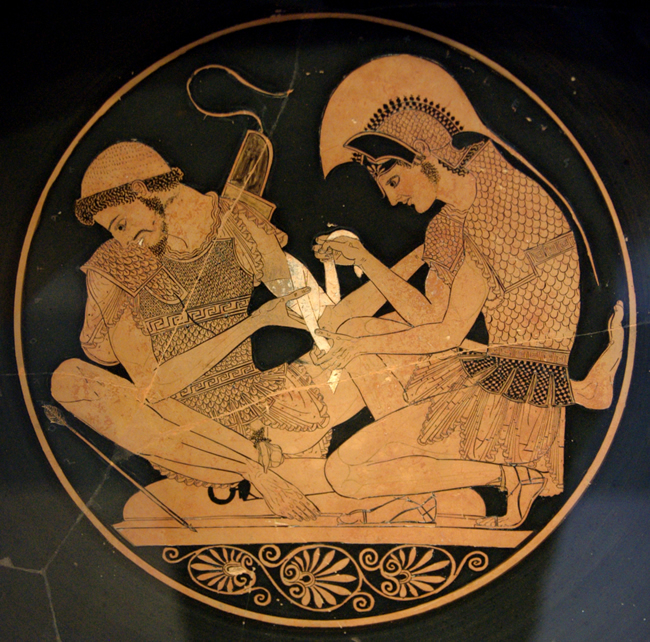Ever picked up a copy of the Illiad or War and Peace or Foucault’s Pendulum or Finnegan’s Wake leafed through the first five pages and given up? Well, you may be in good company. So, here are some useful tips for the readers, and non-readers alike, on how to get through some notable classics that demand our fullest attention and faculties.
[div class=attrib]From the Wall Street Journal:[end-div]
I’m determined to finish “The Iliad” before I start anything else, but I’ve been having trouble picking it up amid all the seasonal distractions and therefore I’m not reading anything at all: It’s blocking other books. Suggestions?
—E.S., New York
When I decided to read “War and Peace” a few years ago, I worried about exactly this problem: a challenging book slowing me down so much that I simply stopped reading anything at all. My solution, which worked, was to assign myself a certain number of pages—in this case, 100—each day, after which I was free to read anything else. One hundred pages a day may seem like a lot, but I had time on my hands, and (of course) “War and Peace” turned out to be anything but laborious. Still, there was a psychological comfort in knowing that if I wasn’t enjoying it, I wasn’t in a reading straitjacket.
With a book like “The Iliad,” which is far more demanding than “War and Peace,” I’d say one or two pages a day would be a perfectly respectable goal. You could see that time as a period of meditation or prayer—an excuse to be alone, quiet and contemplative.
You could also alternate reading “The Iliad” with listening to someone else read it. There’s no rule that says you can’t mix media on a single book, especially when it’s poetry, and the divine Alfred Molina reads Stephen Mitchell’s new translation of Homer’s classic.
Reading a work like “The Iliad” shouldn’t feel like punishment or homework. If it does, then read a sentence a day with the patience of Penelope.
[div class=attrib]Read the entire article here.[end-div]
[div class=attrib]Image: Achilles tending Patroclus wounded by an arrow, identified by inscriptions on the upper part of the vase. Tondo of an Attic red-figure kylix, ca. 500 BC. From Vulci. Courtesy of Wikipedia.[end-div]

